The Edge as a Disruptor Part 2
Quick recap to prior blog should include the fact that we are discussing the edge as a disrupter and the fact that IT should have a say in some of the redundancy decisions for data centers. Supporting an application with redundant everything has gotten to be second nature. “Just do two” has ruled data center decisions for some time as no one wants to be “that guy” or “that girl” that let something go down that is needed for the business. However, as we are moving to meshed communications, software defined everything, and edge compute, the idea here is to decide when you are redundant enough.
We explained theory in part 1, today in part 2, we are putting costs to the decision. It is important for every application to have a risk factor. The factor can really be anything you like, but should be a meaningful and consistent method to measure the implication to the business should the application go down. This can be measured in real or factored downtime dollars, time to repair and recoup, some combination or simply a number based on knowledge. In many cases, the best equation is an hour of downtime x risk factor.
With the new tax laws about to hit for colos, the OPEX advantage is slipping. Therefore, you want to be sure that you get the most bang for your buck in any space that houses your equipment. New edge data centers that are less than Tier 3 and Tier 4 are surfacing to support edge compute. The cost of a facility that provides simple redundancy will be less per square foot than a facility that is fully fault tolerant as the capital expenditures needed to bring them on line are exponentially less.
Starting with equipment cost, it is important to know how much it costs to house an application on a server on a network. The list might look something like this:
Cost of Network Component (32 Ports)
Switch cost $8,900.00
Software Cost $1,500.00
Maintenance Costs $890.00
Power Costs $2,700.00
Network Cabling Cost $400.00
Uplink Port Cost $2,400.00
Total cost $16,790.00
Allocated port Cost = Total Cost / # Ports $524.69
Server cost (assume 20 VMs)
Cost of Server (Hardware) $18,222.00
Cost of Licensing $2,400.00
Cost of Maintenance $1,820.00
Annual Cost of Power $7,218.00
SAN Ports $1,217.00
Disc space allocation (cost of SAN tower / # of servers) or actual allocation $6,800.00
based on disc allocation (Omit if internal storage)
Fiber $250.00
Disc power allocation (total SAN power / # of servers)
Total Cost $37,927.00
Allocated cost - Blade Chassis /20 servers (Total / 20) $1,896.35
This list is not exhaustive by any means, but is a good start. In short, anything needed to support the application needs to be added in. In the above example, only 1 network, power and storage was used. This allows you to double when needed. Dual networking, double the number. Dual SAN? Double the number. Next, figure out cost per RU for the floor space. A standard rack may have 45RU and occupy a 24x48 footprint with 1 tile front and rear. The overall aisle space that flanks the rows of cabinets will be divided equally across all cabinets. So costs for the cabinet footprint including front and rear tiles is 8'x2' or 16 square feet.
Beyond the 16 square feet footprint, we also want to include the overall perimeter (whitespace) cost for the aisles outside of the rows that house HVAC, etc. The two together based on $350/square foot would look similar to the following.
Cost per Square foot $350.00
Perimeter footage 320
Whitespace cost $112,000.00
Total # of Cabinets 100
Perimeter cost per cab $1,120.00
Total / 16 sq' $5,600.00
Allocated cabinet cost $6,720.00
Cost per RU at 45RU $149.33
In this case the allocated real estate cost per RU $149.33. In a higher tier facility, the cost per RU could be double this number. For a 4RU server, real estate costs are $597.33 annualized. In key highly desirable locations, the cost could be 3 or 4 times that number. But now it becomes clear how much the floor plan costs impact the cost per RU. The same server in a $500/square foot cost would be $3,274.37 solely based on the higher cost per square foot.
Likewise, the cost for the application to have redundant networking and storage climbs from $2421.04 to $4,842.08. To have the application in two fully redundant data centers, the cost per application is now $9,684.15 without including cost per square foot.
Assuming we “go with two” and we have redundant network, storage and data centers that are also at a higher cost as the mission critical costs are for a Tier 3 in a popular area, we may be looking at annualized allocation costs of $4,842.08 + $3,274.37 = $8,116.45 just to support one application at two sites. If we were to decide to have the application on a singularly connected server ($2,421.04) at the lower Tier 2 price per square foot of $350.00, the cost per application moves to $3,018.37.
The decision could be made to have a mix of redundancy and sites to support varied applications. Higher risk applications may warrant the extra connectivity and higher mission critical equipment costs. Where lower risk applications may not.
Other factors not considered were overall power costs for HVAC, distribution costs, UPS, PDU, etc. They should certainly be included. In the above scenario, the cost to support an application varied from $8,116.45 compared to $3,018.37. Imagine 1,000 or more servers. Imagine the environmental impact of the wasted power distribution. Imagine the capital and operational expenses that bring little if any more “uptime.” The best redundancy includes geographic diversity. If an application ends up at 20 sites at the edge, how redundant do you really want to be?

